Tudor medicine was not advanced and relied heavily on herbal and natural treatments.
Yesterday I visited Little Moreton Hall
( see side bar or https://wizzley.com/little-moreton-hall-it-shouldn-t-be-standing-up/) where a very talented lady dressed in role was showing us various Tudor remedies.
In Medieval Britain it was believed that any illness could be cured by a plant that they thought looked like the ailing part of the body. e.g. Lungwort, liverwort . Tudors believed that too much blood was bad for the body and caused illness. Therefore blood would be let from the body to cure an illness. This could be done by cutting or with leeches.
Many plants are still used in modern medicine and while it is easy to smile at some of these Tudor remedies, the people had to do something to help them cure their pain and ills.
Below I have photographed and described just a few remedies and cosmetics that I saw today.


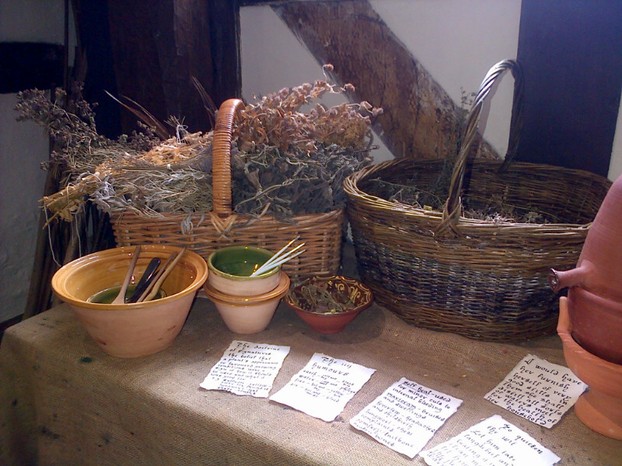
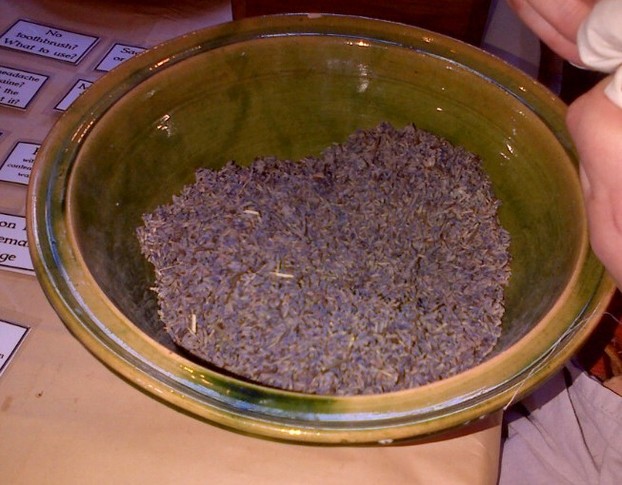
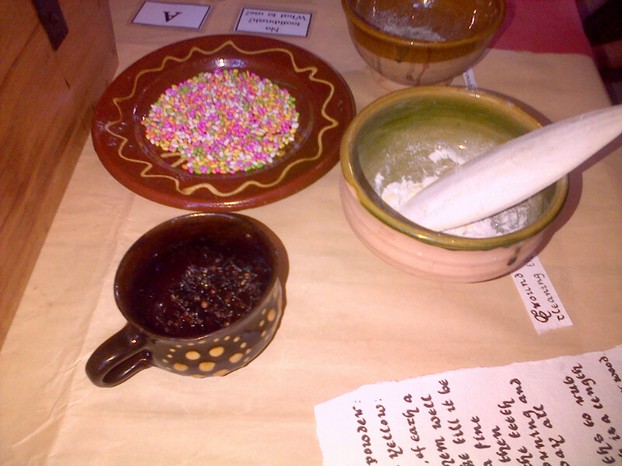
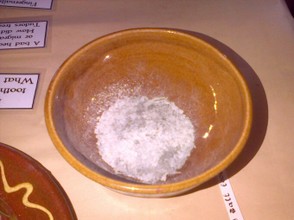
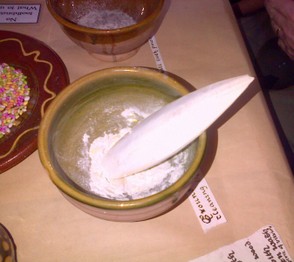
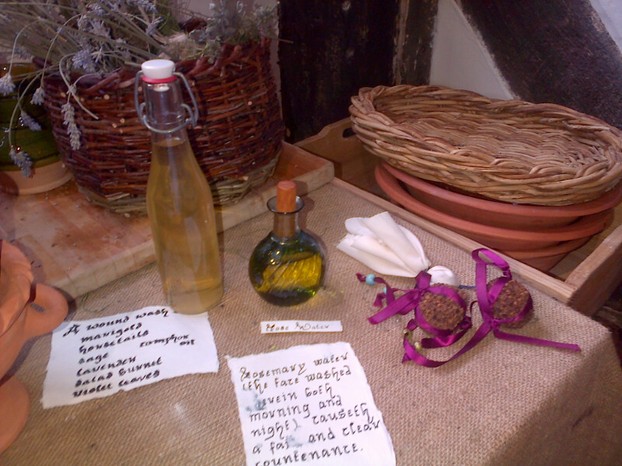
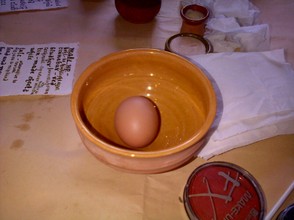
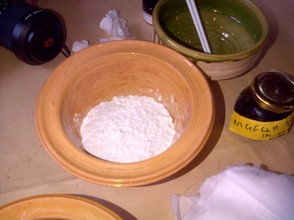
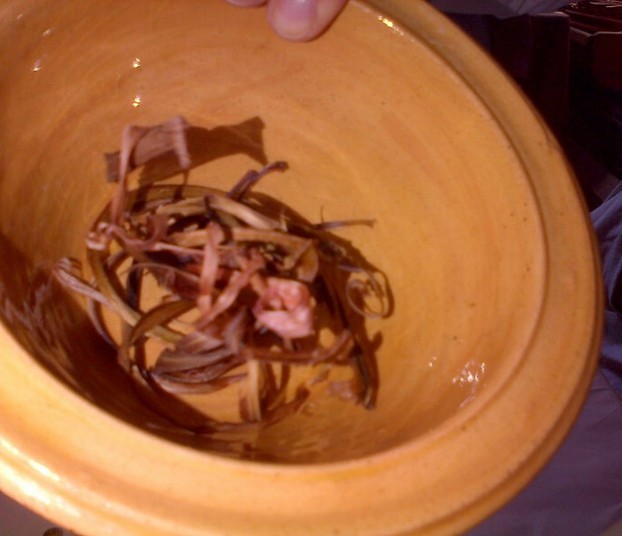
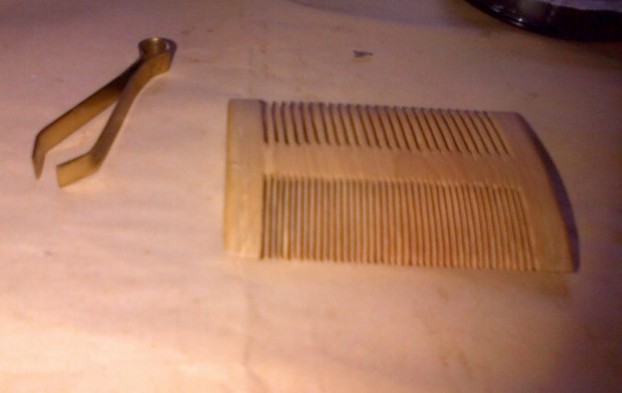
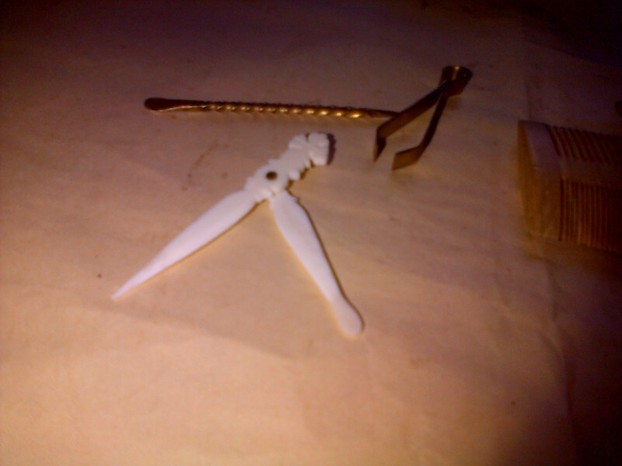
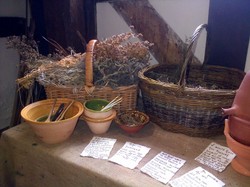

 Blarney Castle and Gardens, County Corkon 06/01/2023
Blarney Castle and Gardens, County Corkon 06/01/2023
 An Cóbh, Corcaigh, Eireon 05/29/2023
An Cóbh, Corcaigh, Eireon 05/29/2023
 Dublin ; The Book of Kellson 04/04/2023
Dublin ; The Book of Kellson 04/04/2023
 The Bee Tree Community CIC;- an online support communityon 08/24/2022
The Bee Tree Community CIC;- an online support communityon 08/24/2022
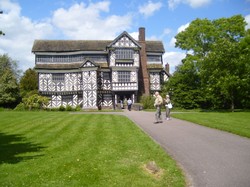
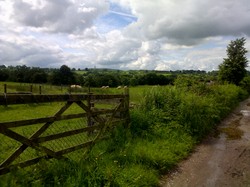
Comments
Derdriu, spot on. I was tempted by the nail remedy too . Egg white was applied like a liquid over the face and rubbed in then wiped of after a few minutes. It tightened the lines !
I know of no side effects to horsetail remedies that are rubbed in as opposed to ingested.
Veronica, How was the egg white applied? I also have heard about -- ugh! -- lead and vinegar applications. The horsetail remedy for broken fingernails tempts me: do you know of any side- or after-effects?
just one ? :)
That's one fact I did not know.
Well rhubarb has well known cleansing properties. My mother used to use the leaves to clean burnt pans. She boiled the leaves in pans and they came up beautifully so who knows ?
Katie, ty. I feel very blessed to be able to visit events such as this. I know people can't visit them s I do like to share my excitement.
Urine mixed with ashes was used by the mediaeval Irish as a hair bleach, so it has a bleaching function. Why rhubarb I am unclear.
Hmmmmm I grow rhubarb and have never heard about using the stalks for beauty treatments.... I love using herbal cosmetics and remedies, a far better option than chemical laden products. I will be giving this a go. Your adventure sounds wonderful, thanks for including us.
There is fortunately a return to using plants in medicine. They were put on this earth for health and well being and nutrition. We should use them.
Leeches, yes indeed. Spot on ! They were used in blood letting as in the first paragraph. The facilitator did not have any but she did mention them. I have added a sentence about them. TY. I knew they used them but did not know why until yesterday.
She had lots of visitors to her table and people were fascinated.